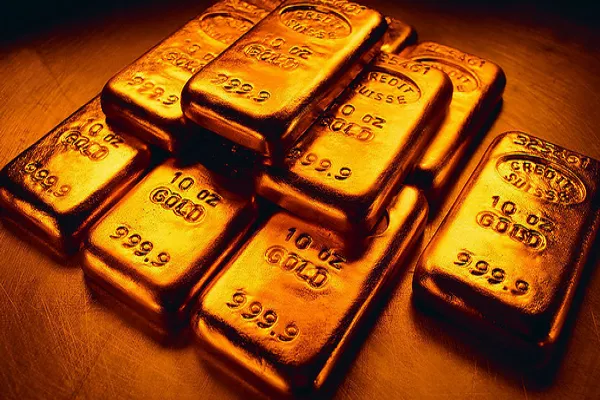In the intricate dance of the precious metals market, a notable anomaly has emerged — platinum, historically considered more precious than gold, is currently priced lower than its golden counterpart. This article aims to delve into the factors contributing to this unexpected shift, exploring the dynamics that have led to platinum’s depreciation against gold.
1. Historical Perspective on Platinum and Gold
Platinum’s Rarity and Prestige: Traditionally, platinum has been deemed rarer and more prestigious than gold. Its scarcity and resistance to tarnish have elevated its status in the world of luxury and high-end jewelry.
Gold’s Timeless Allure: Gold, on the other hand, has been a symbol of wealth and adornment for centuries. Its timeless allure and cultural significance have maintained its status as a sought-after precious metal.
2. Supply and Demand Dynamics
Industrial Demand for Platinum: Unlike gold, platinum has significant industrial applications. The automotive industry, in particular, relies heavily on platinum for catalytic converters. Economic downturns and reduced industrial activities can impact platinum demand.
Gold’s Limited Industrial Use: Gold, while valued for its industrial applications, does not have the same level of demand in industries as platinum. Its primary demand comes from jewelry, investments, and central banks.
3. Economic Factors and Global Trends
Global Economic Slowdown: Economic factors, such as a global economic slowdown, can affect platinum prices more significantly than gold. Platinum’s strong ties to industrial sectors make it susceptible to economic fluctuations.
Gold as a Safe Haven: Gold, often considered a safe-haven asset, tends to maintain its value or even appreciate during times of economic uncertainty. Investors flock to gold as a hedge against inflation and financial instability.
4. Currency Fluctuations and Market Sentiment
Currency Impact on Platinum: Platinum prices are influenced by currency fluctuations, especially as a significant portion of platinum is mined in South Africa. A weaker South African rand can contribute to lower platinum prices.
Investor Sentiment towards Gold: Gold’s appeal as a store of value and safe haven often attracts investors during turbulent times. Market sentiment towards gold tends to be more resilient, contributing to its stable or rising prices.
5. Mining Challenges and Production Costs
Mining Complexity for Platinum: Platinum mining is intricate and often involves deeper and more challenging operations. Rising production costs, coupled with logistical challenges, can impact platinum’s overall cost structure.
Gold’s Comparative Ease of Mining: Gold mining, while not without challenges, is generally less complex than platinum mining. This can contribute to gold’s ability to maintain lower production costs, impacting its market price.
6. Investment Preferences and Market Trends
Shifts in Investor Preferences: Changes in investor preferences can influence the demand for both platinum and gold. As investors seek a balance between industrial and investment assets, the dynamics between these two precious metals can shift.
Perceived Value in Gold: Gold’s historical role as a reliable store of value enhances its perceived worth among investors. Platinum, although valuable, may not enjoy the same level of confidence in turbulent market conditions.
Conclusion: Navigating the Fluctuating Landscape
The current scenario where platinum is cheaper than gold represents a fascinating turn of events in the precious metals market. As investors and industry observers navigate this fluctuating landscape, it is crucial to consider the multifaceted factors at play. Platinum’s industrial ties, economic vulnerabilities, and mining complexities contribute to its unique position.
Gold, with its timeless allure, stability, and safe-haven status, continues to maintain its value, even surpassing platinum in market worth. While the current trend may raise eyebrows, the dynamics between platinum and gold are subject to change based on global economic shifts, industrial demands, and investor sentiments.
In the evolving narrative of precious metals, the curious case of platinum’s lower price than gold underscores the complexity and interplay of various factors. As the market adapts to these shifts, investors must remain vigilant, understanding that the landscape of platinum and gold prices is as dynamic as the forces shaping the world economy.

